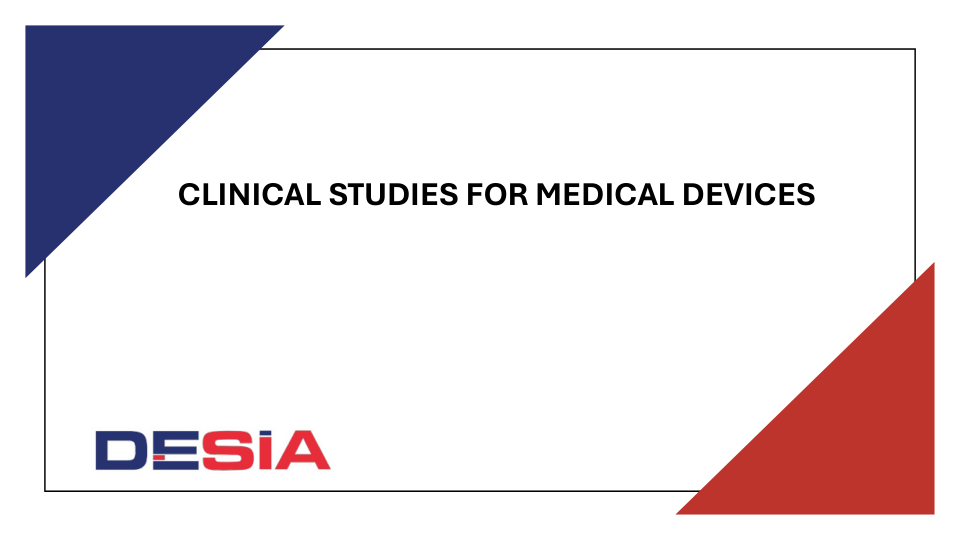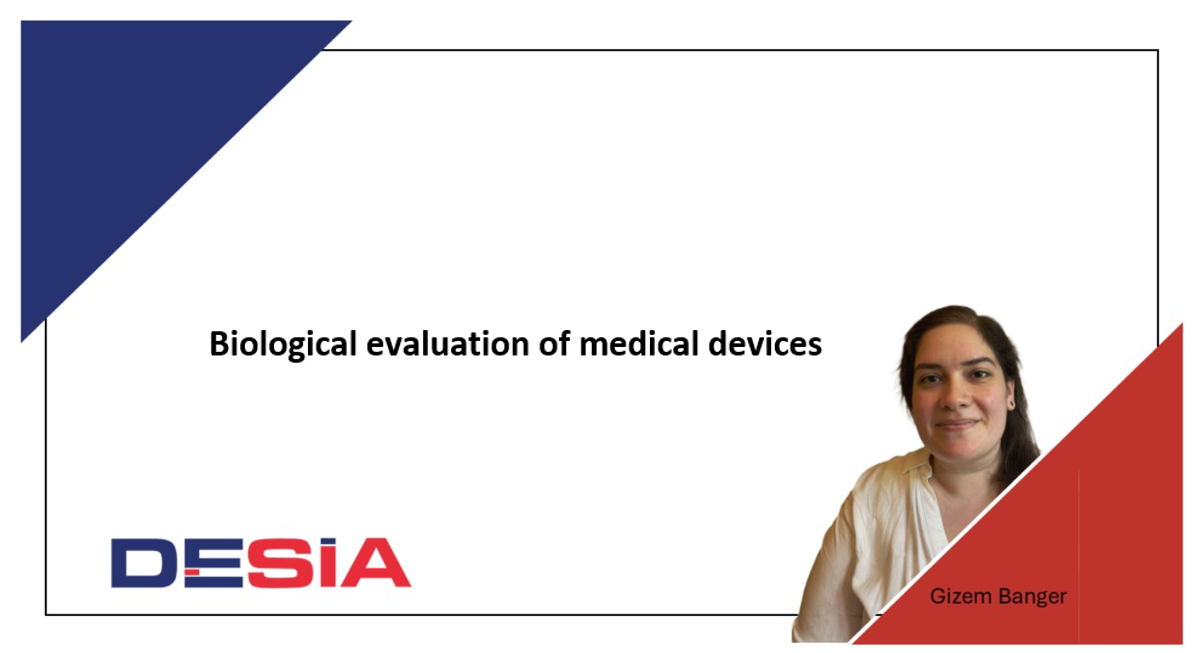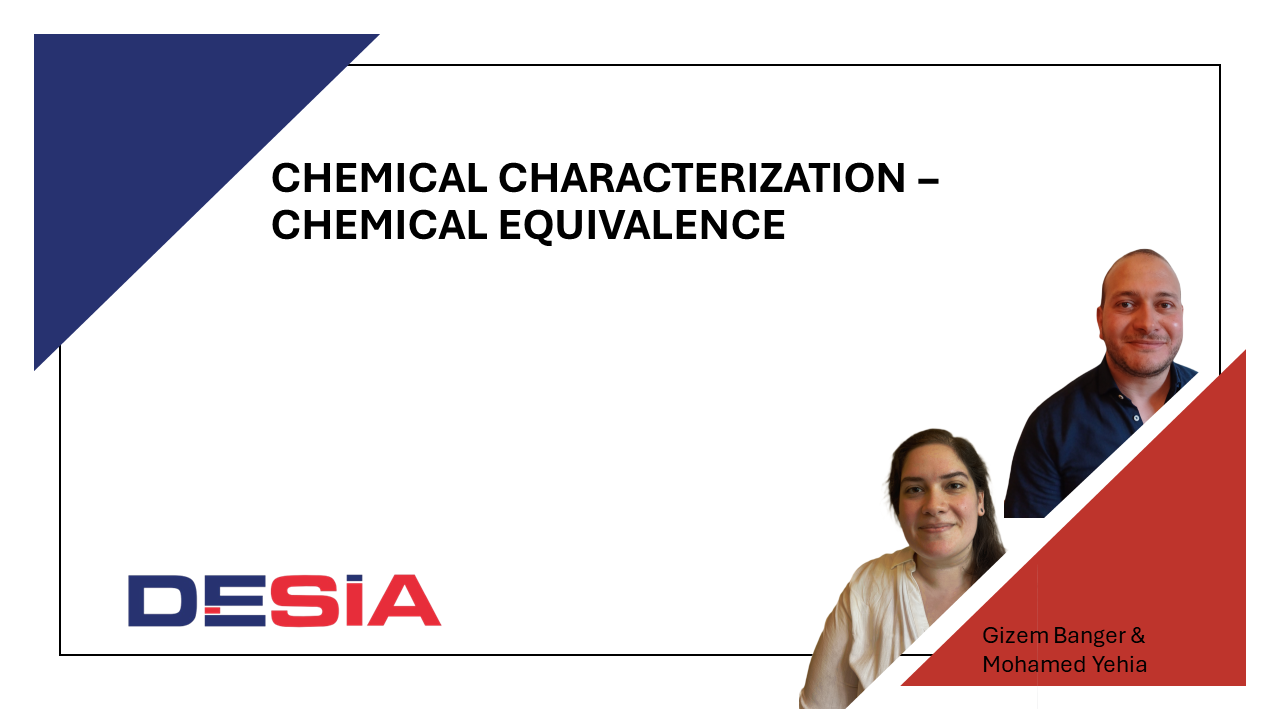After performing the compositional testing and establishing medical device configuration, it is required to check for the presence of Cohorts of Concern (CoC) substance and identifying the Analytical Evaluation Threshold (AET) for the substances encompassed by the medical device.
What is meant by Cohorts of Concern (CoC)?
In order to understand the meaning of CoC, it is required first to explain the meaning of Threshold of Toxicological Concern (TTC). TTC means the limit above which the substance is considered toxic. The term "cohorts of concern" refers to groups of chemicals with very powerful structures. These chemicals could pose a serious safety risk to patients, even if their levels are below the TTC limit.
What is the approach to follow in the presence of Cohorts of Concern (CoC) substances?
The recommended approach to follow is based on the presence or absence of CoC substances
- If there is experimental proof or reason to suggest that a CoC substance may be present, then gathering information and screening of the extracts shall be applied to check for the absence or presence of CoC substance(s). if the results of the gathering information and screening of the extracts revealed that no CoC substance is present, then the AET can be applied to all analytical responses. On the other hand, if the results showed that CoC substance(s) is present, then the AET can only be applied to those analytical responses that are not considered cohorts of concern.
- If there is no experimental proof or reason to suggest that a CoC substance is present, then it can be assumed that it is unlikely any CoC substance is there. In this case, the AET can be applied to all analytical responses.
What is meant by analytical evaluation threshold “AET”?
AET can be defined as the limit below which there is no need for the analyst to identify or quantify leachables or extractables or report them for potential toxicological assessment. Moreover, as discussed in CoC, the AET is applied to all substances that are not considered as CoC substances. The AET should be derived from a safety-based threshold (such as the TTC) but if this is not practically achievable, an analytical threshold, such as the Limit of Quantification (LOQ), which stands for “the smallest amount or the lowest concentration of a substance that is possible to be detected by means of a given analytical procedure” can be applied as the reporting threshold. However, the difference between the AET and the LOQ shall be considered in the toxicological risk assessment and the difference shall be justified.




